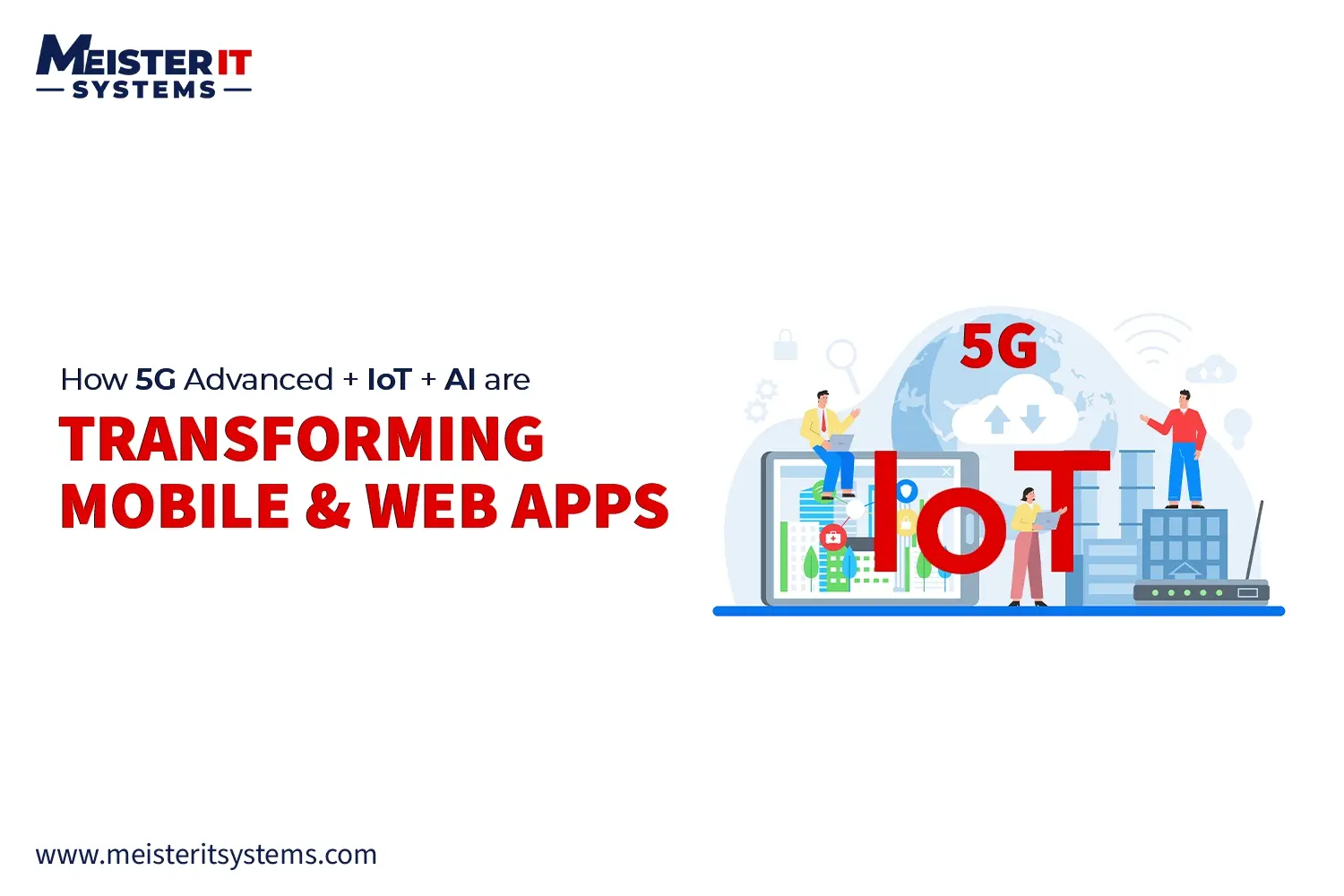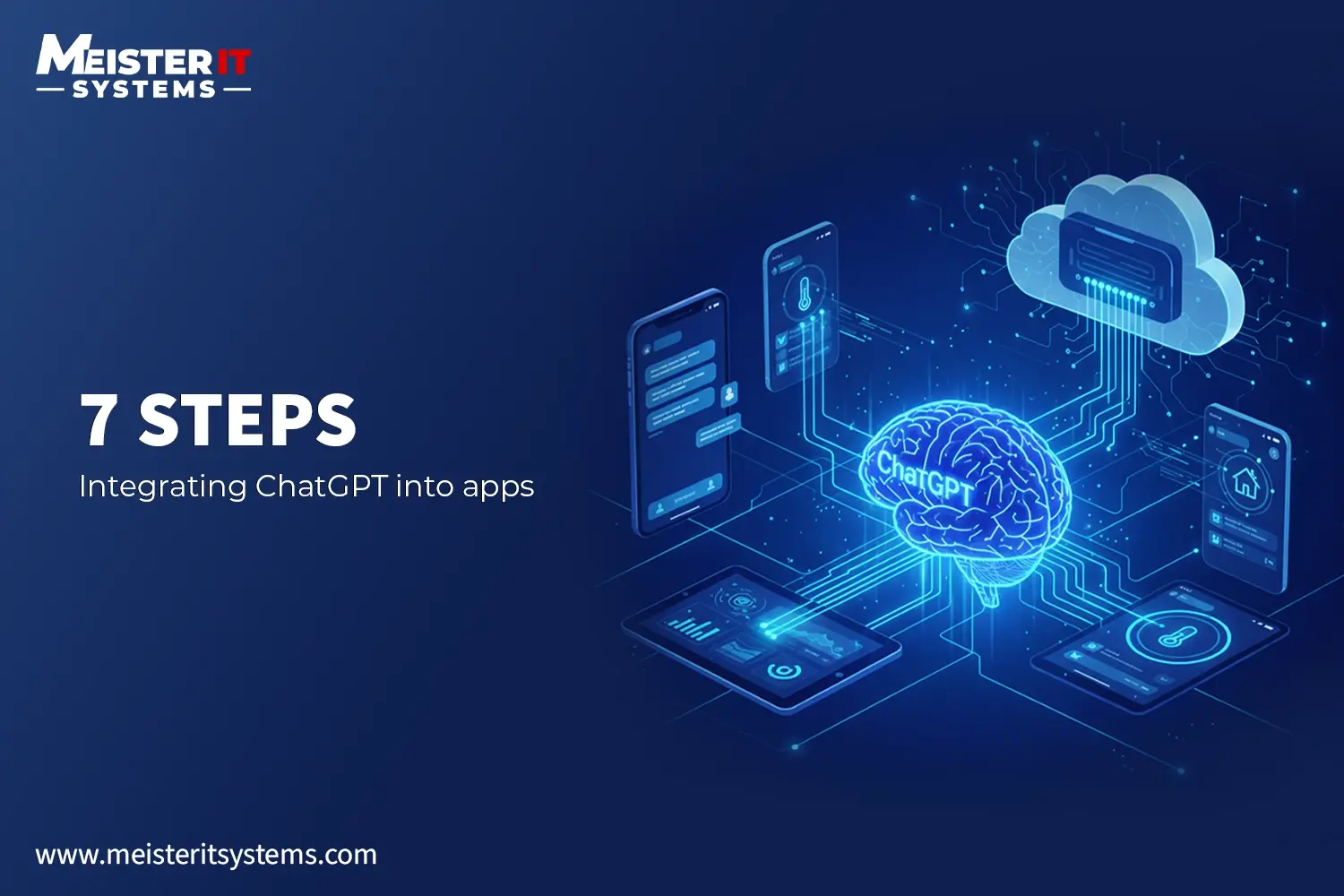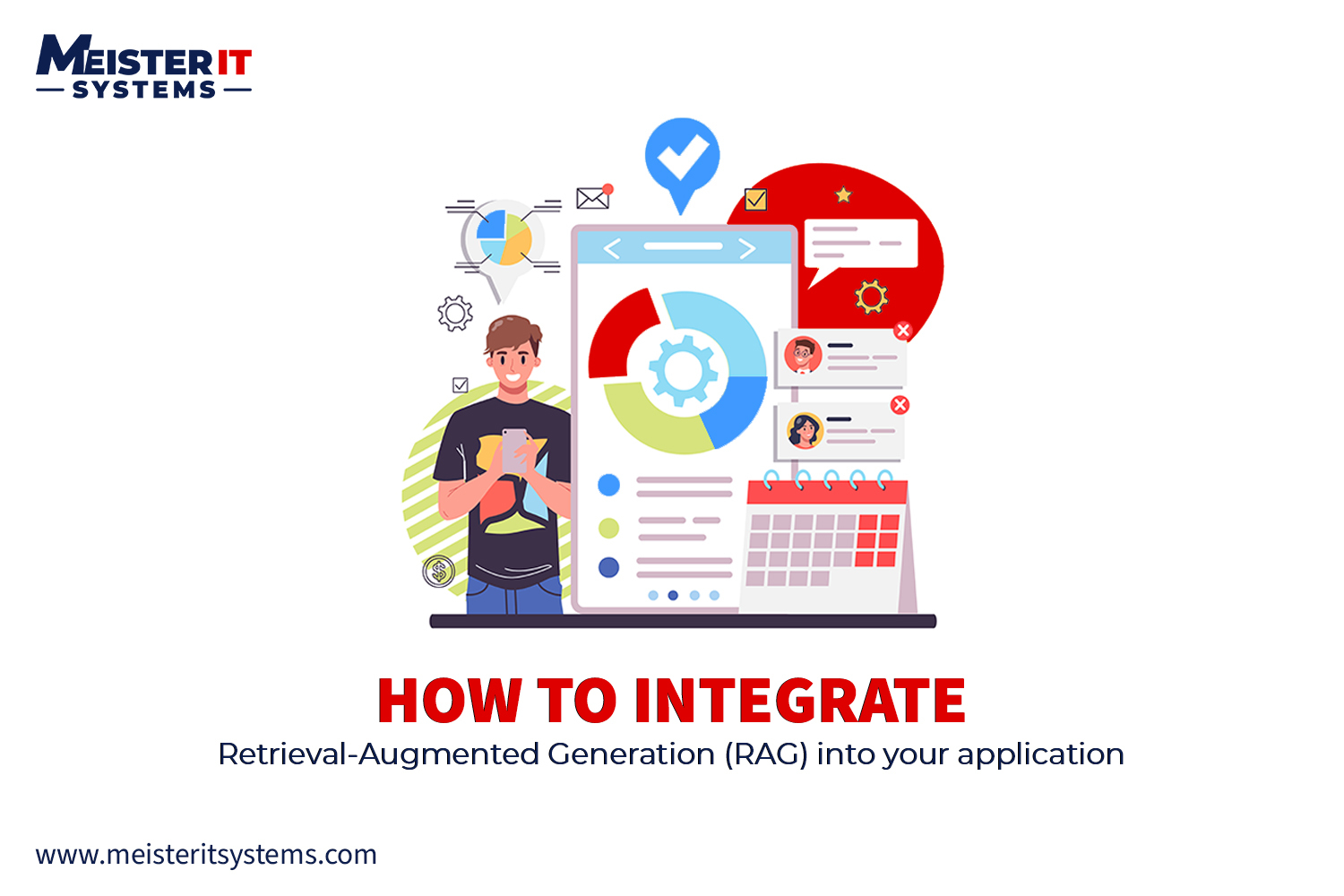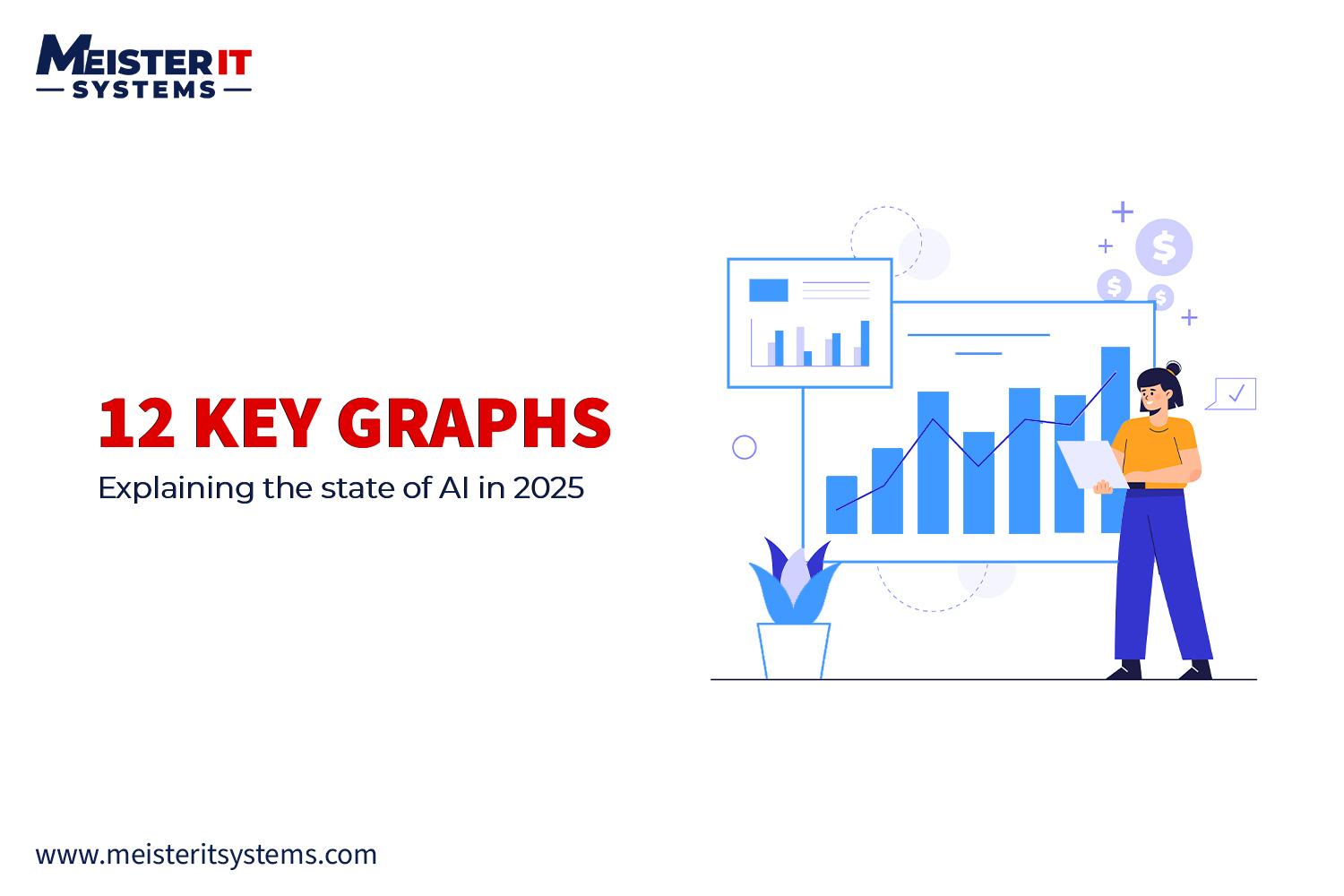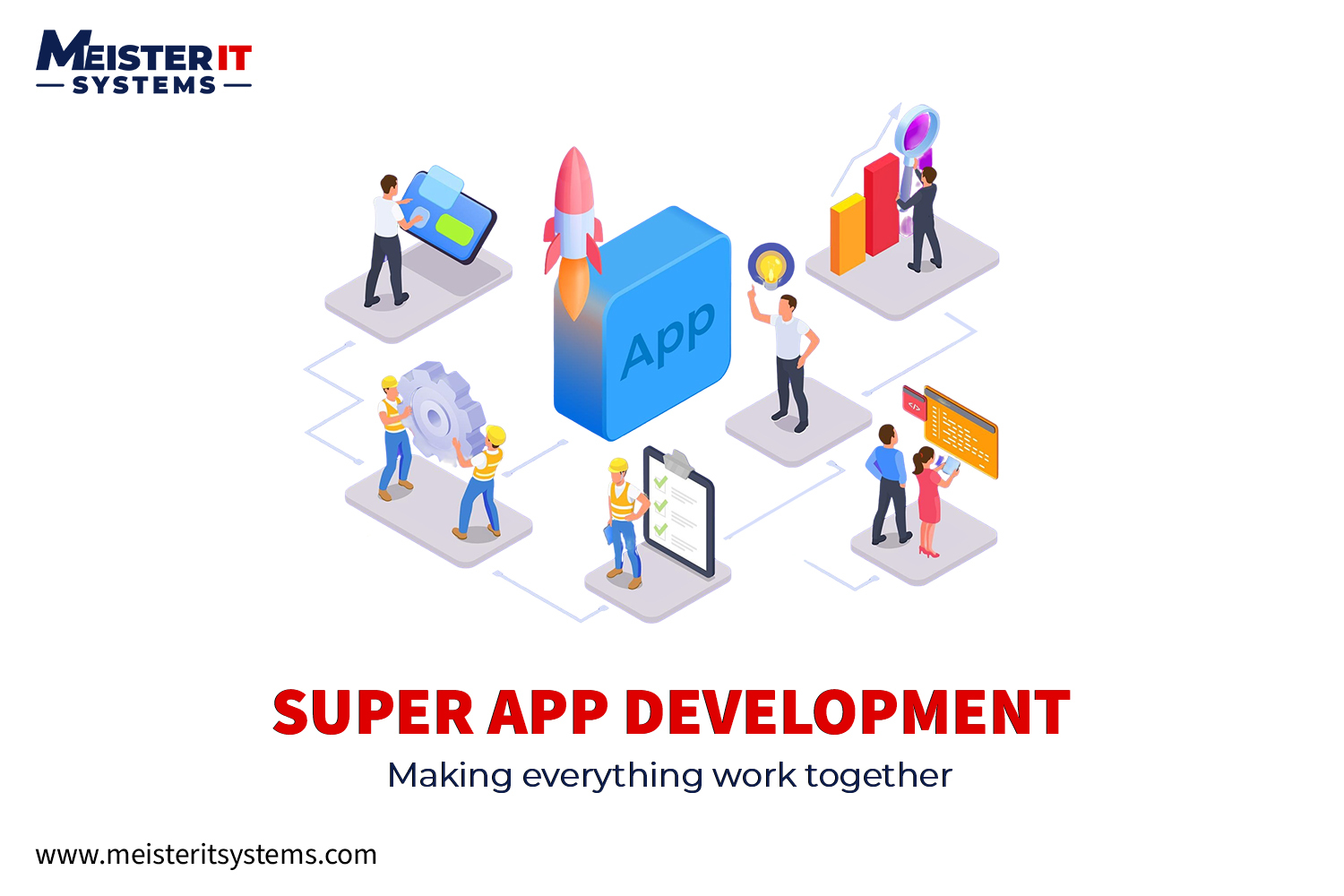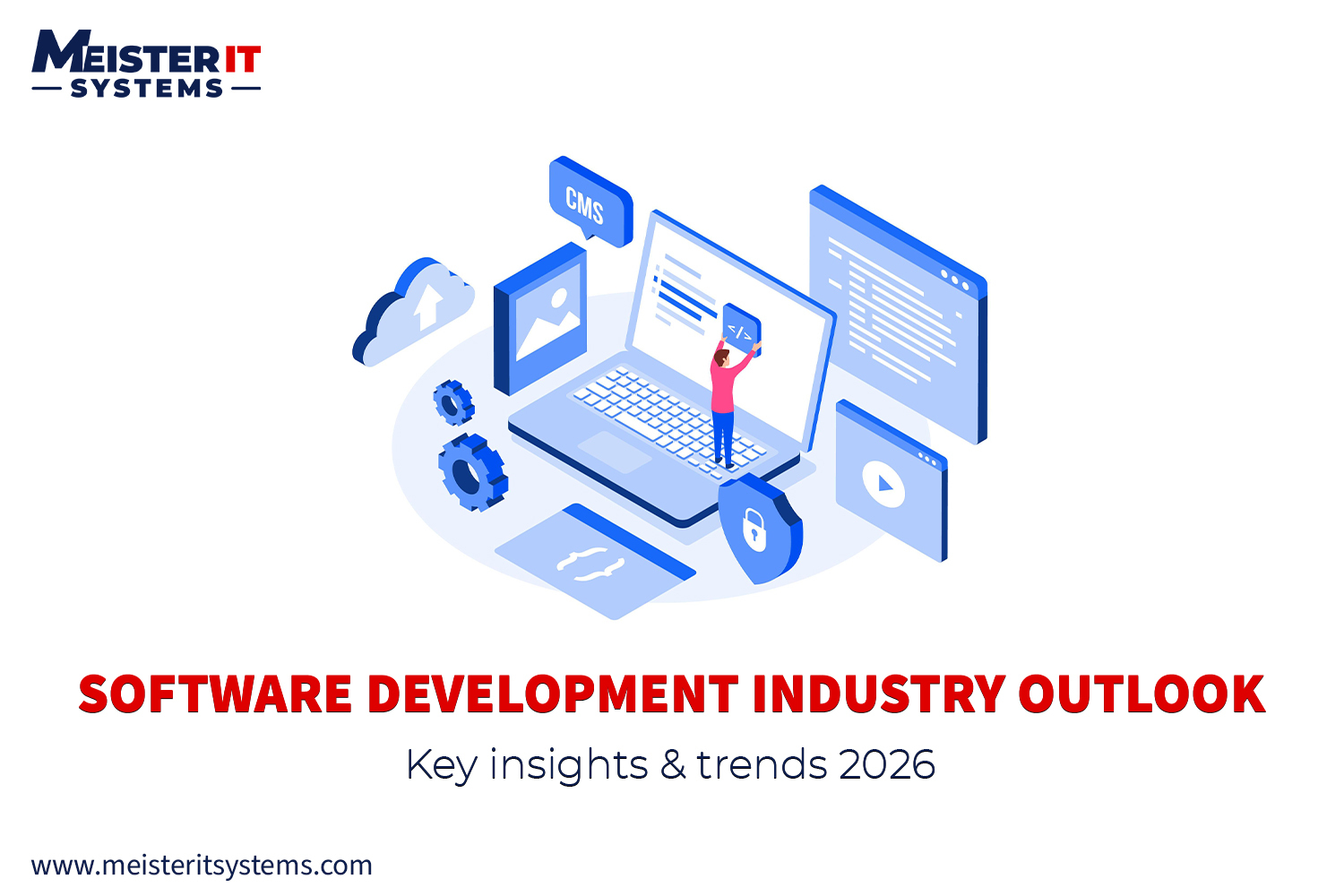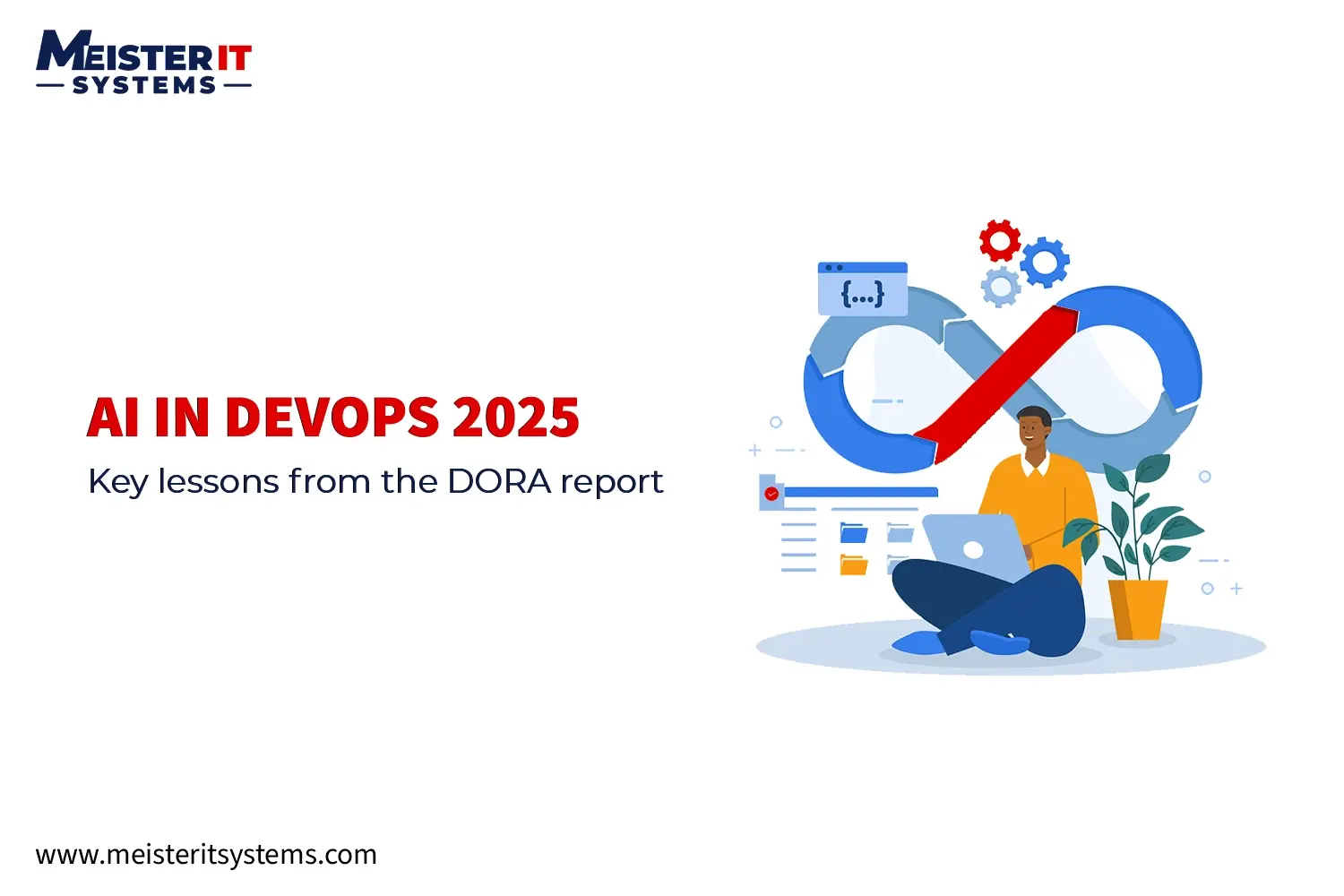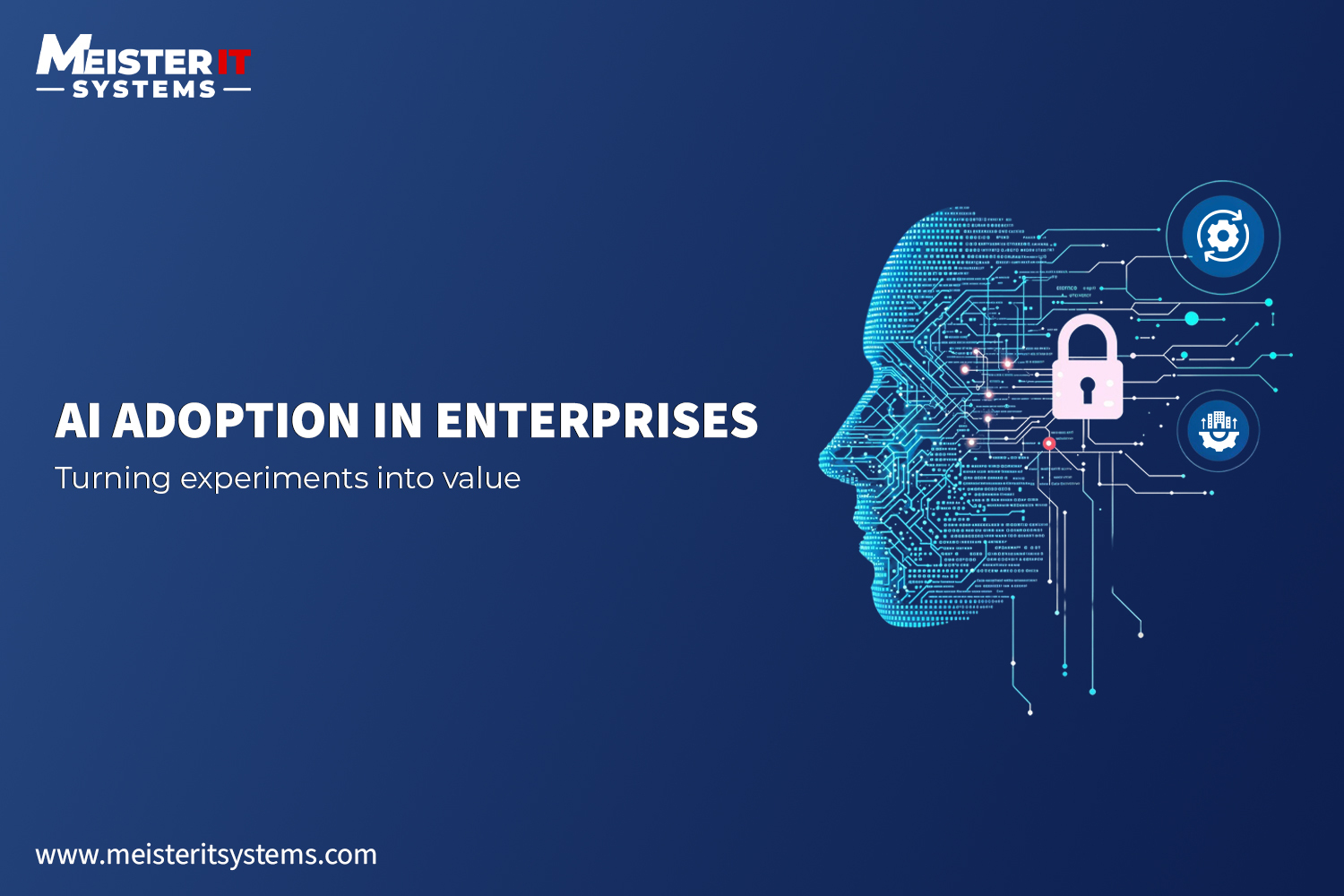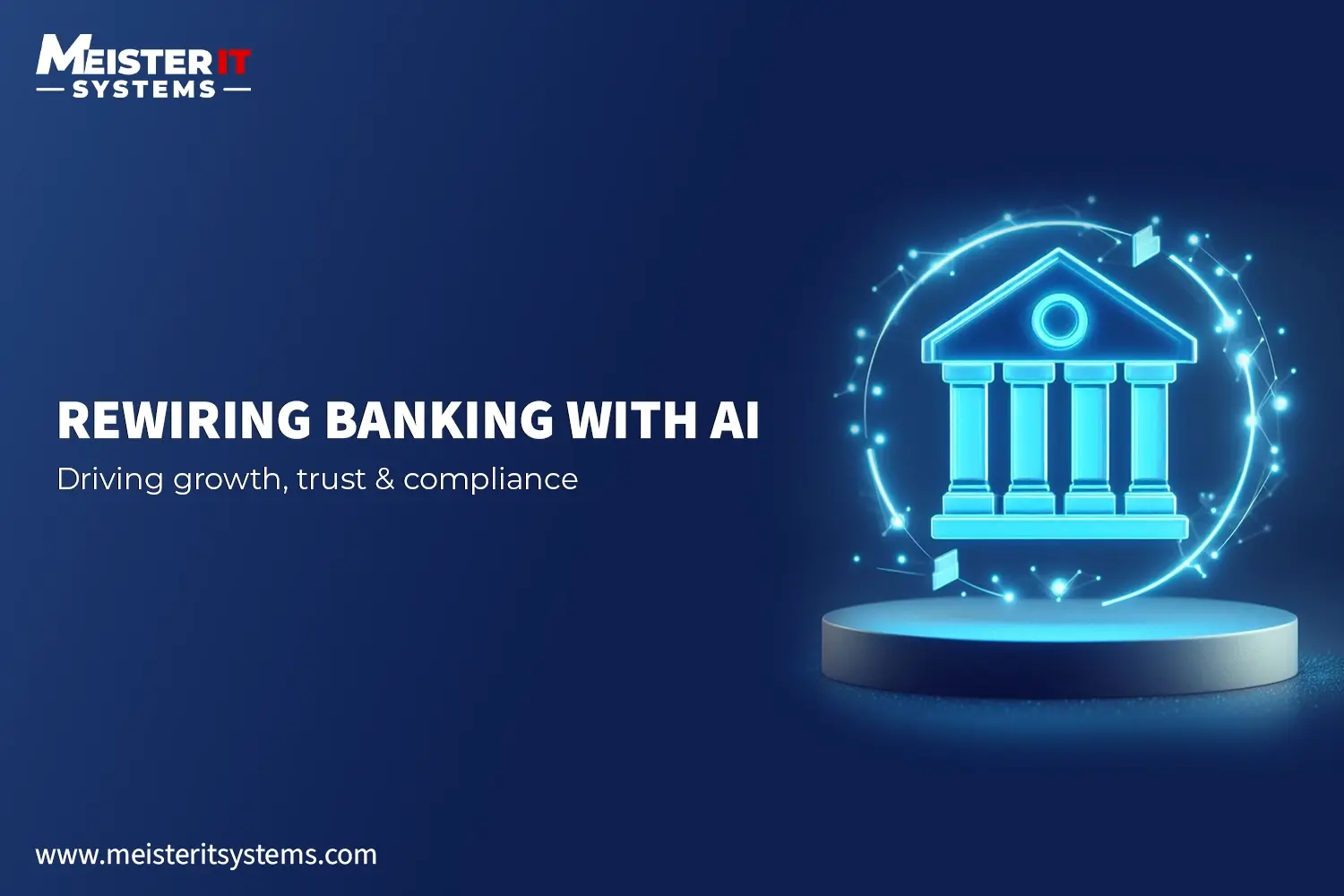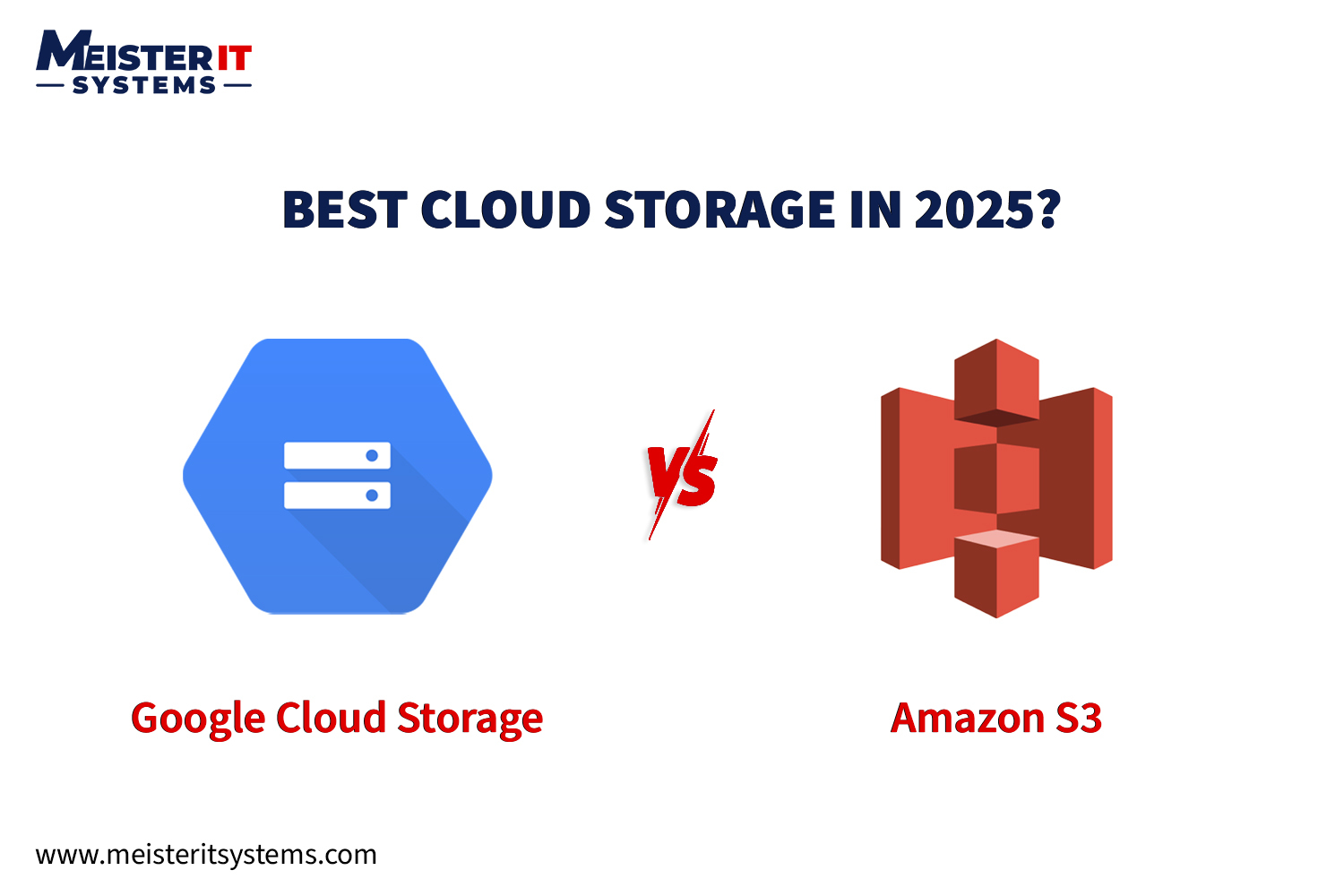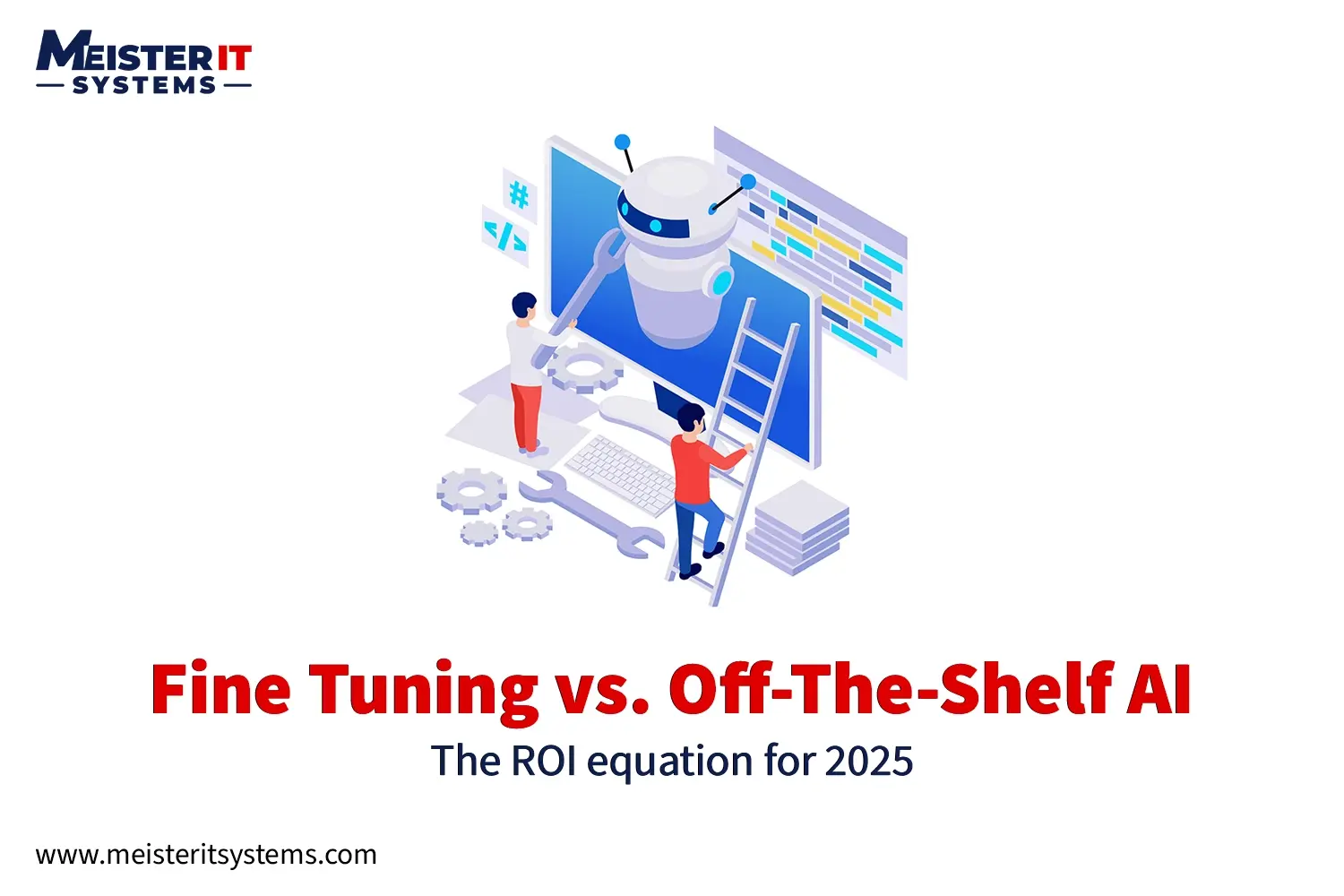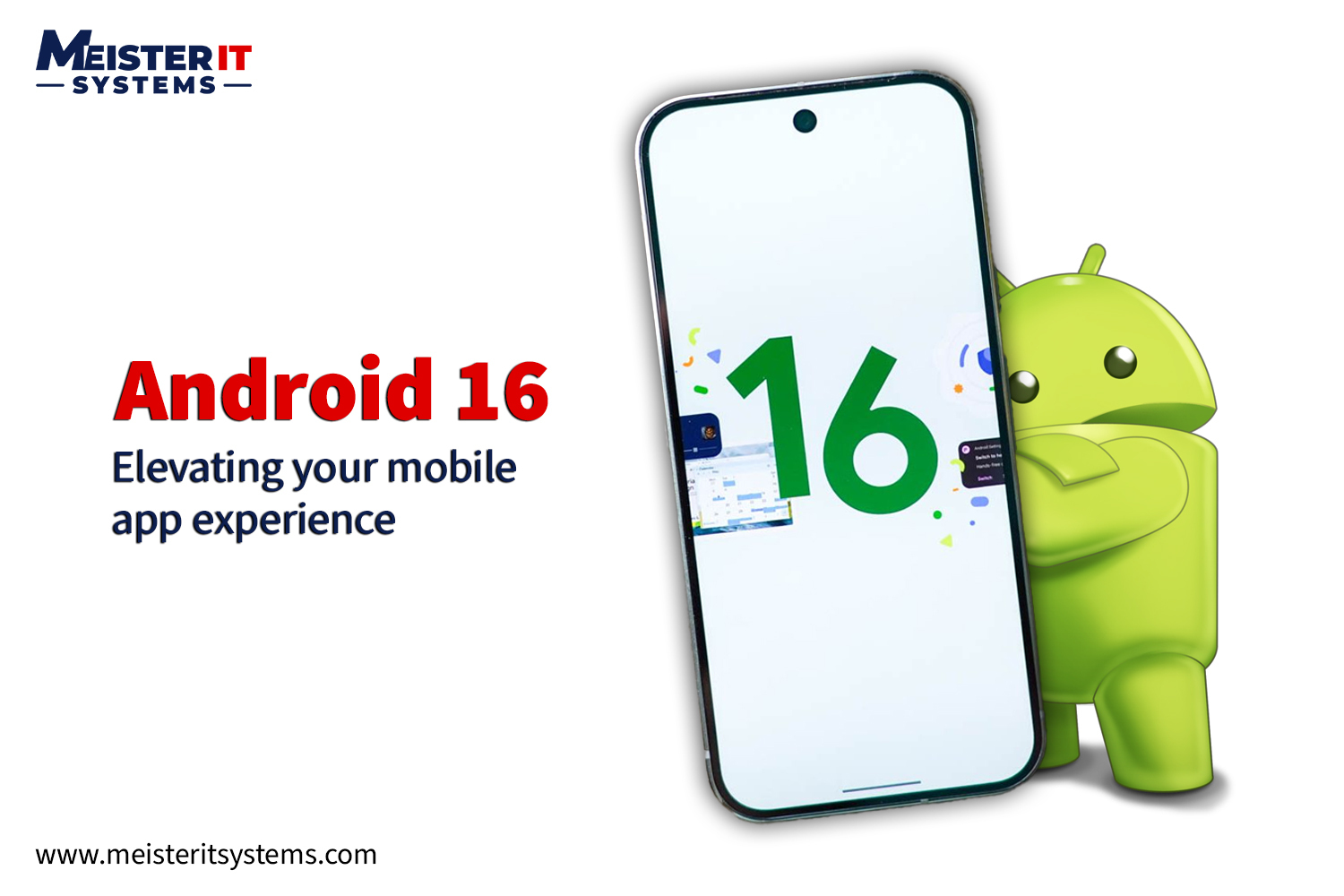
Key Takeaway
Here’s what you need to know at a glance:
- Android 16 (API 36) brings critical platform-level behavior changes.
- It improves user privacy performance and UI consistency across devices.
- Developers must test apps for foreground service limits and background restrictions.
- MeisterIt Systems provides AI integration in your mobile app with Android 16.
Introduction
Android 16 API 36 just redefined mobile excellence. Is your app aligned with the new era of performance and privacy? This update released on June 10, 2025, is reshaping the mobile landscape. Android 16 is more than a routine update. It brings fundamental shifts impacting app functionality, user privacy, and enterprise deployment.
At MeisterIT Systems , we specialize in Android mobile app development services. We ensure our clients leverage such innovations to deliver cutting-edge solutions. In this blog, we will delve into Android 16’s key features and crucial behavior changes. We will also provide a comprehensive guide for Android developers to navigate this powerful evolution.
Let’s unpack what’s new and what it means for your mobile app strategy.
What is Android 16 (API 36)?
Android 16 is the next major Android release, tied to API level 36. Google has made its focus clear: this update heavily emphasizes improving privacy, battery life, and platform consistency. While it introduces new tools and enhancements for developers, it also comes with stricter enforcement policies and runtime behaviors.
Key updates that define Android 16 include:
- Foreground service limitations improve power management. Stricter rules now govern when services like location tracking (FOREGROUND_SERVICE_TYPE_LOCATION) can run in the background.
- Improved permissions behavior, especially for background location and sensors.
- New camera and media APIs that align with modern hardware capabilities.
- Tighter restrictions on non-SDK interfaces aim to enhance platform stability and security. This prevents apps from using internal, unsupported Android APIs that could break in future updates.
- Expanded support for foldables and large screens.
Understanding Android 16’s focus helps teams prioritize changes. This prevents app-level disruptions when API 36 becomes mandatory for Play Store submission.
Key Features of Android 16
Android 16 release offers a set of developer-focused features designed to improve app quality and user experience. Google is aiming for a more predictable, stable, and secure Android environment with this update.
Important features in Android 16 include:

- Auto-expiring app permissions: Android now revokes permissions from apps that haven’t been used in months.
- Improved adaptive scheduling: Apps can manage background tasks more effectively with the new job scheduler constraints. Developers are encouraged to use robust solutions like JobScheduler and WorkManager for efficient background task management.
- Predictive back gesture support: Enhances navigation by giving users visual feedback before they swipe.
- Partial screen recording support: Developers can allow users to record or stream app content selectively.
- New APIs for foldable devices: Improved support for hinge angle sensors and dynamic resizing.
These features make Android 16 a strong release for teams that prioritize user experience, privacy, and device performance.
The Growing Role of AI in Mobile App Development
Beyond the core platform changes, Android 16 also paves the way for artificial intelligence integration. New APIs and optimized performance, coupled with Google’s advancements in on-device AI like Gemini Nano via ML Kit, are significant. They contribute to the seamless adoption of AI in mobile app functionalities. This means developers can more easily implement features like:
- Personalized user experiences through machine learning algorithms.
- Intelligent automation for background tasks.
- Advanced image and voice recognition capabilities.
- Predictive analytics to anticipate user needs.
Embracing AI in mobile app development is no longer a luxury but a competitive necessity, enabling richer, more intuitive, and highly personalized user interactions.
At MeisterIT Systems, our expertise in these cutting-edge AI technologies, combined with a deep understanding of Android 16’s architecture, allows us to seamlessly integrate intelligent features that truly differentiate your app and enhance user engagement.
Android 16’s behavior change
Not all changes in Android 16 are optional. Some will break your app if you’re not prepared. Google has doubled down on enforcing background restrictions, limiting what apps can do when not in the foreground.
Key behavior changes include:
1. Foreground Service Type Enforcement
Apps must declare the correct service type in their manifest (e.g., android:foregroundServiceType=”location” for location services). Mismatches or undeclared types now trigger crashes or Application Not Responding (ANR) errors.
2. Background Launch Restrictions
Only specific app types (e.g., dialers, alarms) can launch activities from the background, further limiting unsolicited UI.
3. Context-registered broadcast receivers are stricter
For non-system broadcasts, dynamically registered receivers are more restricted. Developers are strongly encouraged to migrate to JobScheduler or WorkManager for reliable and efficient background processing.
4. Changes in data sharing between apps
File URI access rules are tighter now, requiring the use of FileProvider for secure sharing of content between apps.
5. Secure components and sandboxing
Private app data is further isolated, especially for shared user profiles, enhancing overall security.
Ignoring these will likely lead to silent failures or app rejections once API 36 becomes the target SDK.
Preparing for Android 16: Tips for Developers
Planning your Android 16 migration isn’t just about changing your target SDK. It is about validating your app under stricter conditions and optimizing behavior accordingly. Testing against Android 16 early helps prevent last-minute chaos. For those asking how to build a mobile app that stands the test of time, these steps are foundational.
Here’s how to approach your migration:
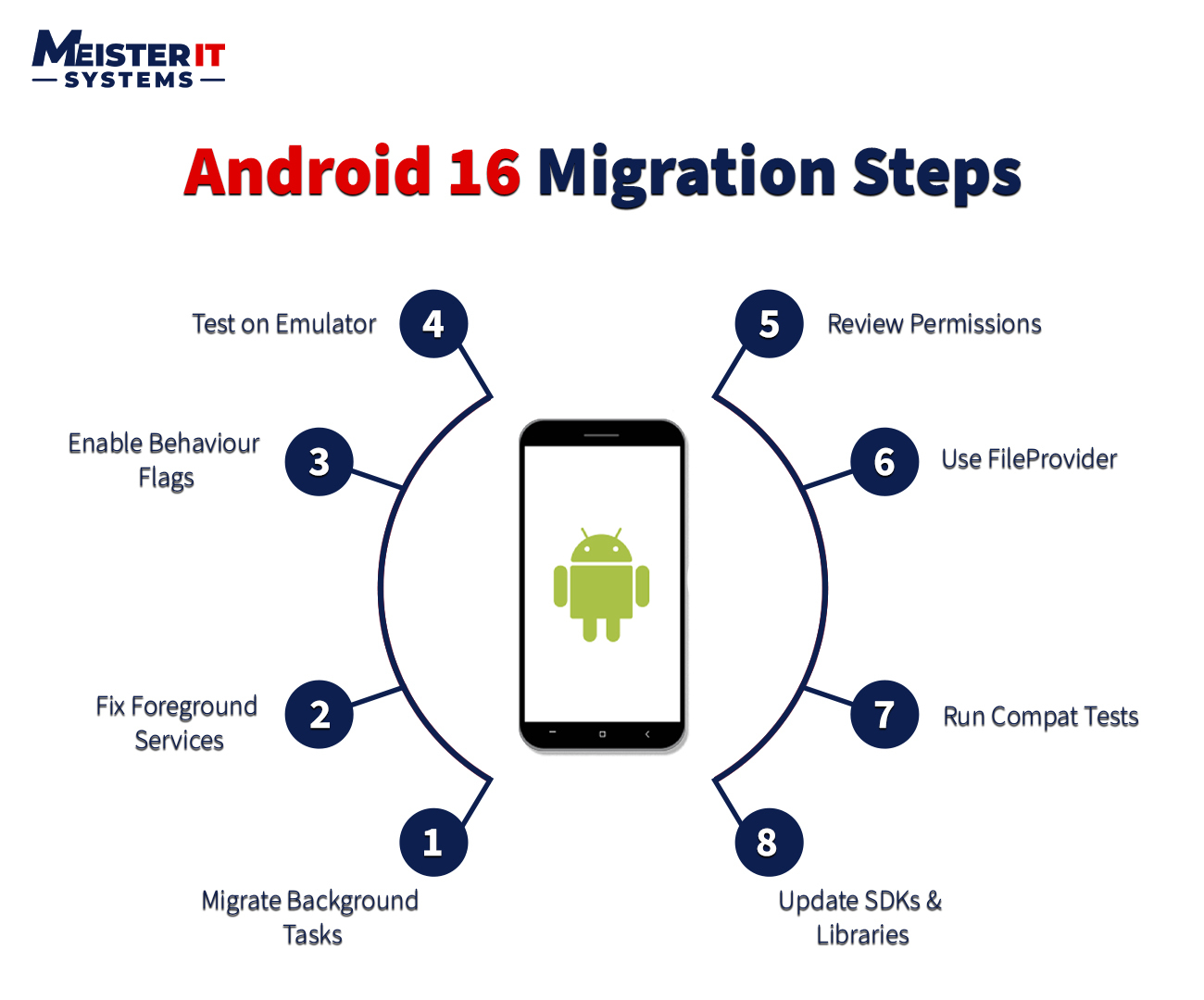
- Use the Android 16 emulator to simulate device behavior under API 36.
- Enable all behavior changes in Developer Options before targeting the new SDK.
- Run compatibility tests using tools like adb shell am compat to pinpoint failures.
- Update dependencies, especially libraries that handle permissions, services, or media.
- Monitor performance impacts introduced by power-saving or background restrictions.
Treat migration like a feature sprint, not a quick patch. Future-proofing your app now avoids user complaints and negative reviews later on.
How MeisterIT Systems Can Help You Upgrade Your App for Android 16
Navigating Major Android updates in 2025, like Android 16 (API 36), is a critical task. The platform-level changes and stricter policies demand a meticulous approach to ensure your app’s performance and user experience remain seamless. Our expert Android developers offer comprehensive services to upgrade existing apps or build new ones with Android 16 compliance:
- App Audits & Migration Planning: We conduct thorough app audits and devise strategic migration plans to minimize disruption and ensure smooth transitions.
- Code Modernization: We modernize your code using the latest best practices, including migration to Kotlin and adopting modern Android Jetpack libraries. This involves implementing robust architectural patterns like MVVM and leveraging Coroutines for efficient asynchronous operations.
- Rigorous Compatibility Testing: Our testing ensures issue-free performance across diverse Android 16 devices and scenarios.
- New Feature Implementation: We help you leverage Android 16’s new features, like enhanced foldable support and advanced camera APIs. We also integrate cutting-edge AI to create truly innovative user experiences.
Partnering with MeisterIT Systems means your app not only adapts but thrives in the modern Android ecosystem.
Conclusion
Android 16 isn’t just another version number. It’s a significant shift in how Android apps behave and perform, especially in the background. From enforced service types to expanded APIs for modern hardware, this release demands a serious look from engineering and product teams
If you’re still waiting to adapt, now’s the time.
At MeisterIT Systems, we help teams migrate, modernize, and scale their Android stacks fast. Whether you’re building from scratch or adapting legacy code, we’ve got you covered.
Ready to prep for Android 16?
FAQ: Android 16 (API 36)
1. When is Android 16 officially releasing?
Android 16 is expected to launch as a stable release in October 2025. Pixel phones will receive it first, with other brands rolling out updates shortly after.
2. What is new in Android 16 (API level 36)?
Android 16 brings predictive back navigation, foreground service limits, and better foldable support. It also enforces stricter runtime permissions and improves battery efficiency.
3. Will Android 16 break existing apps?
It can, especially if your app depends on outdated permissions or background behaviors. Testing and updating to meet API 36 requirements is essential.
4. Which devices will get Android 16 first?
Pixel devices will get Android 16 first, followed by Samsung S24/S23, Fold/Flip models, and Oppo’s flagship phones. Most major OEMs update within 2–3 months of release.
5. Do I need to upgrade my app for Android 16?
Yes, Google Play will require all app updates to target API 36 starting April 2026. Updating early ensures compatibility and avoids publishing issues.
6. Is Android 16 better than Android 15?
Yes, Android 16 improves app stability, performance, and privacy over Android 15. It’s especially optimized for modern devices like foldables and tablets.
7. How can I prepare my app for Android 16 migration?
Test your app on Android 16 beta builds and review behavior changes. MeisterIT Systems can help with audits, updates, and developer support.
Still unsure about your app’s Android 16 readiness? Let’s audit it together [Talk to Us]



